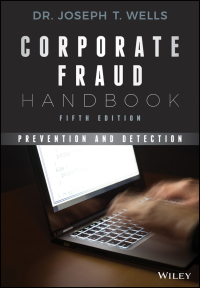Question
You are considering purchasing a small office building for about $2,000,000. You have two options: Building 1: First-Tier Property. Total acquisition price: 2.050.745 . Property
-
You are considering purchasing a small office building for about $2,000,000. You have two options:
Building 1: First-Tier Property. Total acquisition price: 2.050.745 . Property consists of ten office suites, five on the first floor and five on the second. Contract rents: two suites at $2,000 per month, three at $3,000 per month, and five at $1,600 per month. For this building you expect yearly operating expenses for 40% of the EGI and Capital Expenditure of 5% of the EGI.
Building 2: Third-Tier Property. Total acquisition price: 1.850.600 . Property consists of six office suites, three on the first floor and three on the second. Contract rents: the suites at the first floor for $2,800 per month, and the suites at the second floor for $4.000 per month. For this building you expect yearly operating expenses for 35% of the EGI and Capital Expenditure of 5% of the EGI.
In both cases you estimate an annual rent increase of 1% a year and a vacancy and collection loss of 10% of the PGI. With your Financial Institution you negotiated the following loan terms: LTV = 70%, annual interest rate fix for 1 year = 2,5% and a yearly repayment = 2%, up-front fee = 1%
Question 1: In which of the two opportunities do you decide to invest? Why? Make proper calculations to support your answer and compare the results between the two opportunities. Take care of the dividend rate, the effective gross income multiplier and the risks according to the dept services /cash flow cushion. Please be aware that you need to explain the results of your ratios (what does this mean and what does the difference between the two opportunities mean?)
Question 2: Why are the capitalization rates different? Why is the second opportunity more interesting regarding the capitalization rate? Question 3: What happens if the annual interest rate growths over the next 5 years by 2% each year
-
Question 3: What happens if the annual interest rate growths over the next 5 years by 2% each year?
Please show me the calculations done in excel(with formulas) Thank you
Step by Step Solution
There are 3 Steps involved in it
Step: 1

Get Instant Access to Expert-Tailored Solutions
See step-by-step solutions with expert insights and AI powered tools for academic success
Step: 2

Step: 3

Ace Your Homework with AI
Get the answers you need in no time with our AI-driven, step-by-step assistance
Get Started


